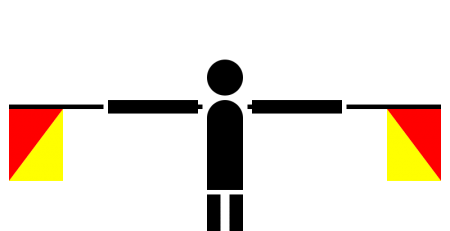What is a Hash? How it works?
We’ll study what hashing is and what a hash is in this post. In this article, we will attempt to explain the hash function in cryptography. This is a security phrase that is used in the field of information technology.
So, what exactly is hashing? What exactly is hash? Hashing is the process of transforming one key to another. In cryptography, hash functions are used to produce a new value from a given value using various mathematical procedures. As a result, different hashing algorithms are possible.
Hash, how about it? What exactly is hash? Any hash function or algorithm’s value is known as a hash. It is the outcome.
Why We Use Hashing?
Hashing is utilized in cryptography and other IT fields in one method. To put it another way, we use hashes only once from one node to the next. We can’t convert it back to the original from the other direction.
We’ve learned what hashing is and what a hash is. Now it’s time to discuss the applications of these algorithms. Hashing is utilized in a variety of situations. Data or media compression is one of the areas where hashing is used. We combine hashing and compression to reduce file sizes and save storage space. With these hashes, we can break down large files into smaller chunks.
Another area where hashes are used is for file integrity checks. In the communication process between different nodes, we apply this checksum mechanism. Both ends use the same checksum, and hashing is employed to generate these checksums.
Data encryption is one of the most significant areas that we employ. In the databases, all passwords are kept as hashed versions. Because bad people can learn these passwords in plain text and use them for their evil purposes. However, we may overcome this issue by using hashed passwords. For this purpose, multiple cryptographic hashes exist. MD5, SHA-1, SHA-2, and so on are examples of this.
How Hashing Works?
What exactly is a hash, as we’ve discovered? What exactly is hashing? Let’s have a look at how hashing works. Hashing is a function that, with the help of a mathematical process, turns a text into an array of characters and integers. There are three key terms to understand when it comes to hashing operations. These are the following:
- Input value
- Hashing Algorithm
- Output Value (Hash Value)
Input value is the data at the beginning. There is no hashing in this part.
Hashing algorithm is the hash function that does the mathematical calculations for hashing.
Output value or hash value is the value that is produced as a result.
It is impossible to generate the same hash value with diverse inputs in hashing.
In this article, we have learned what hashing is and what a hash is. We’ve also discussed the applications of hashing.













Leave a Reply